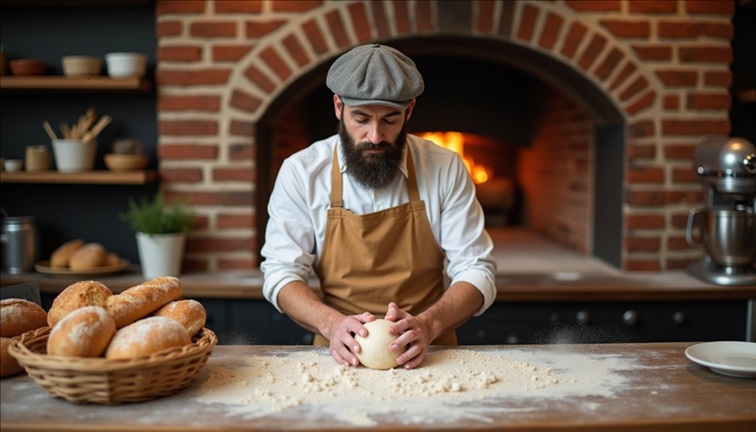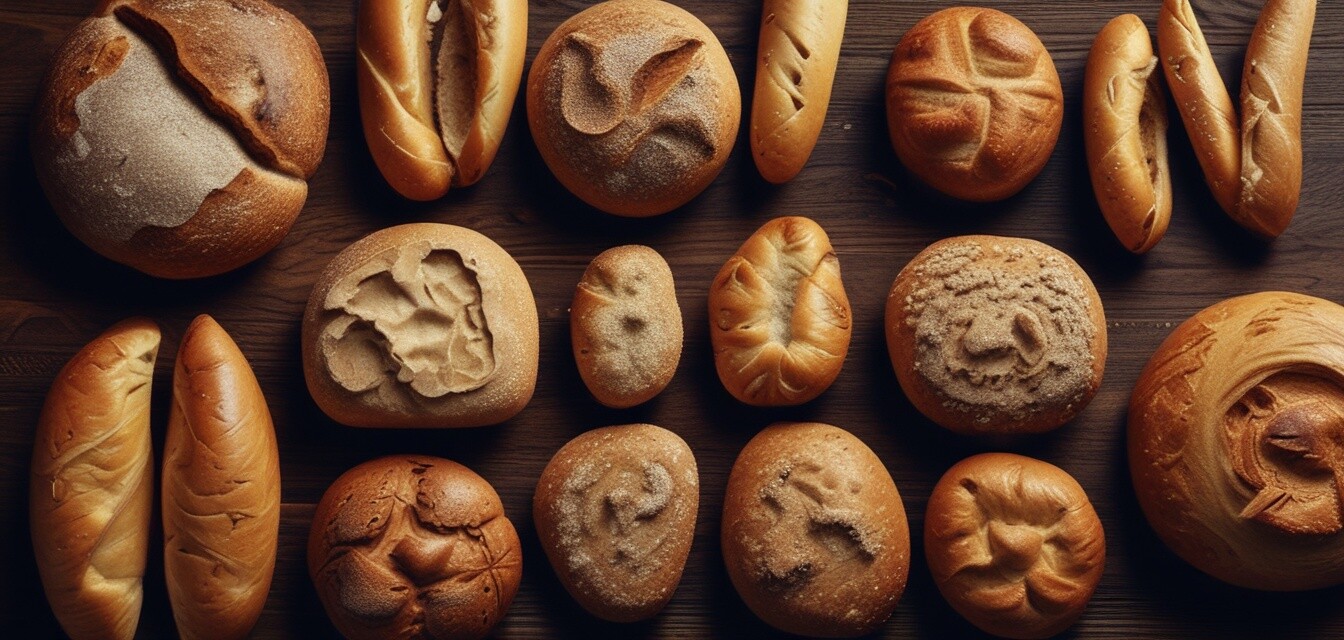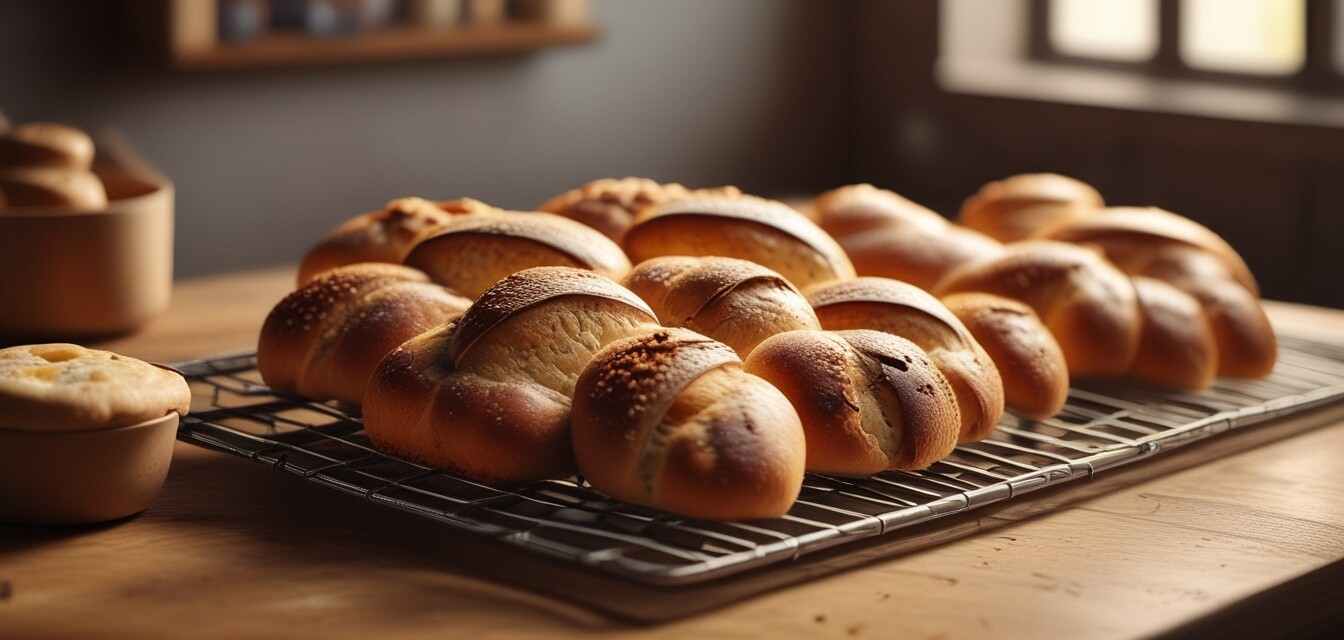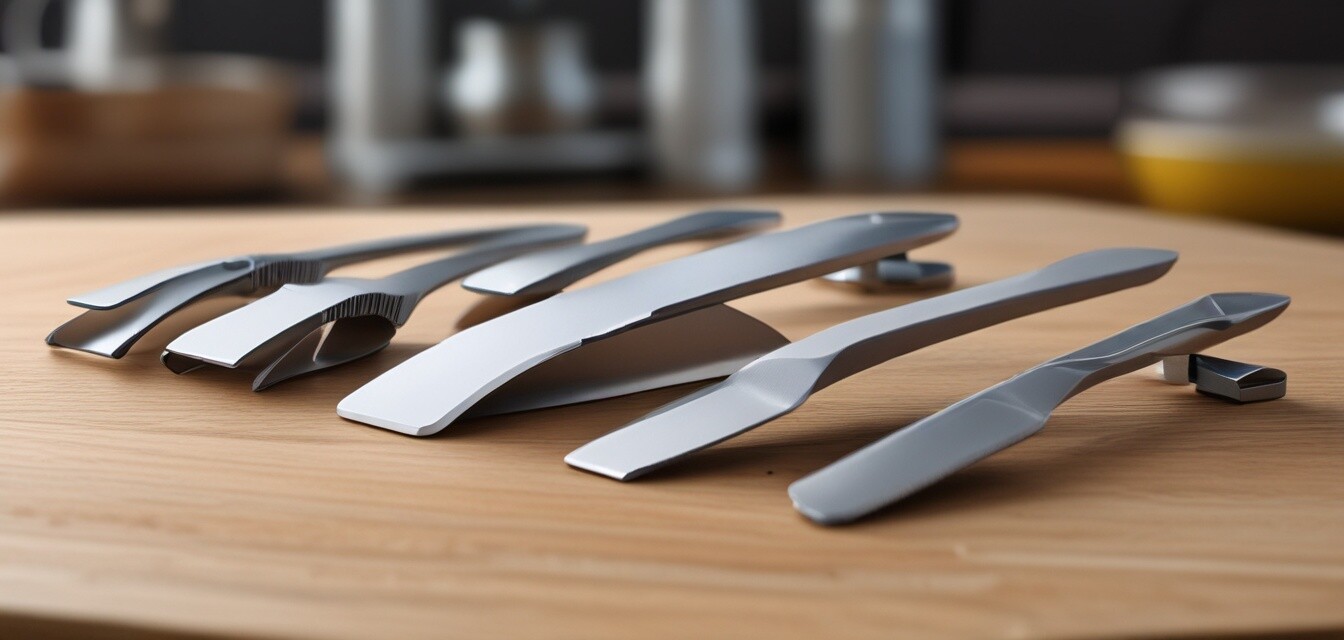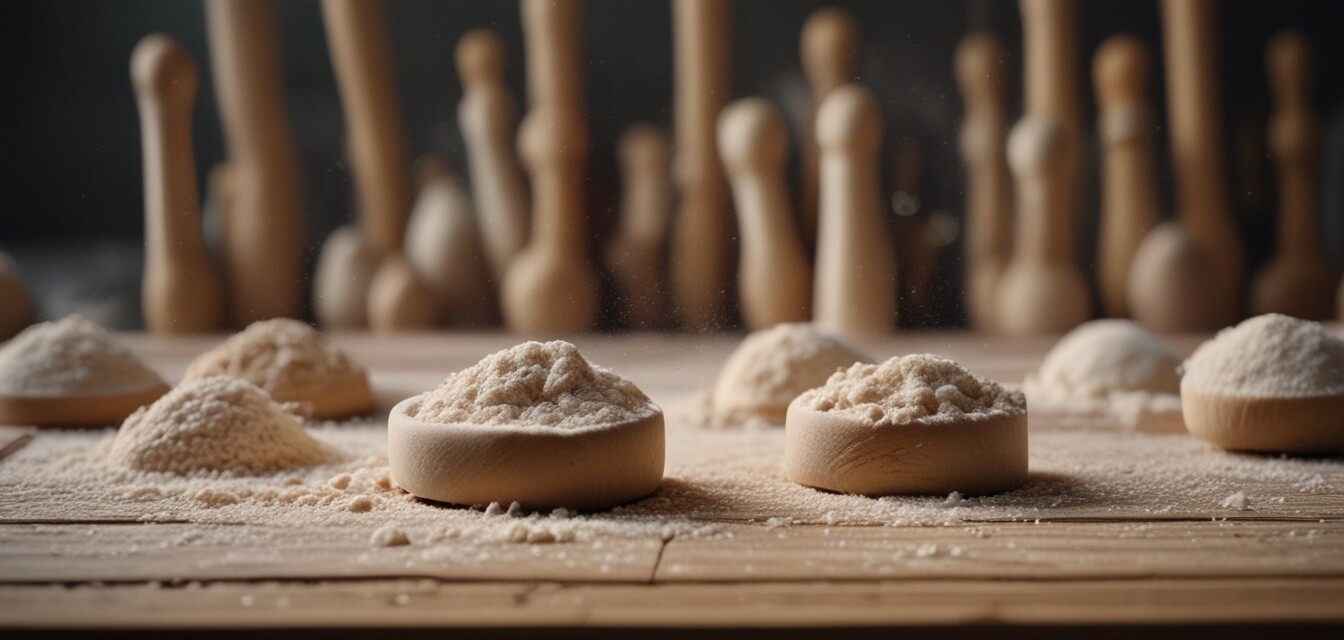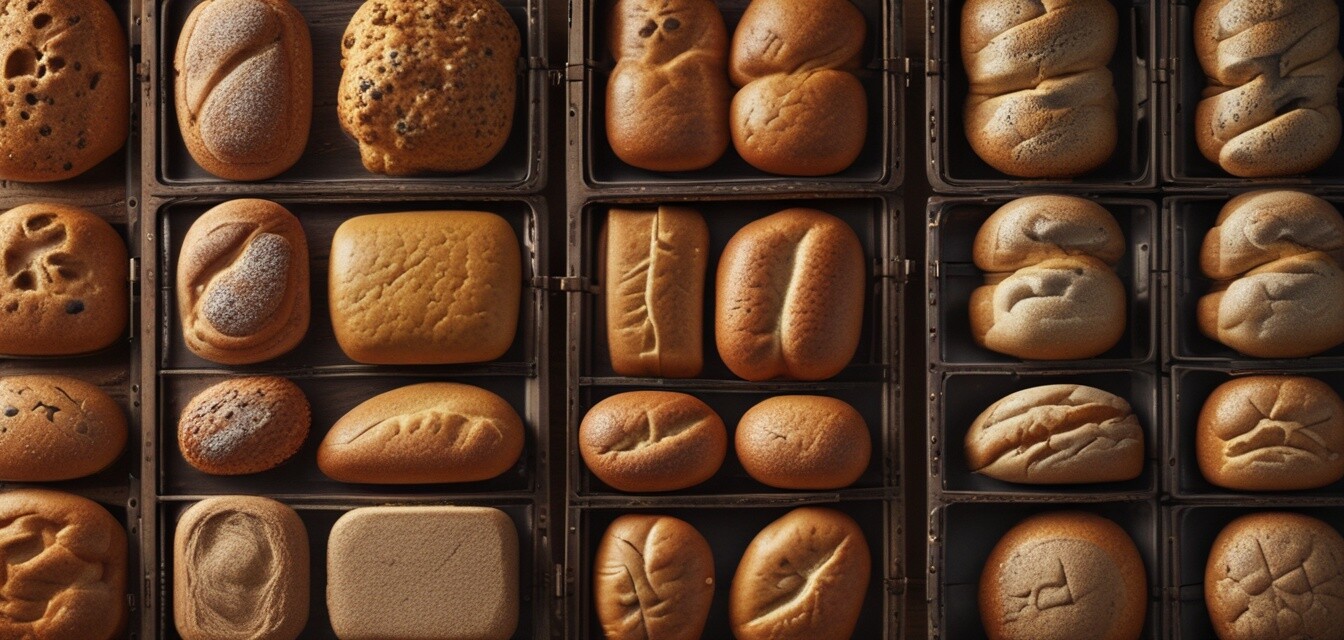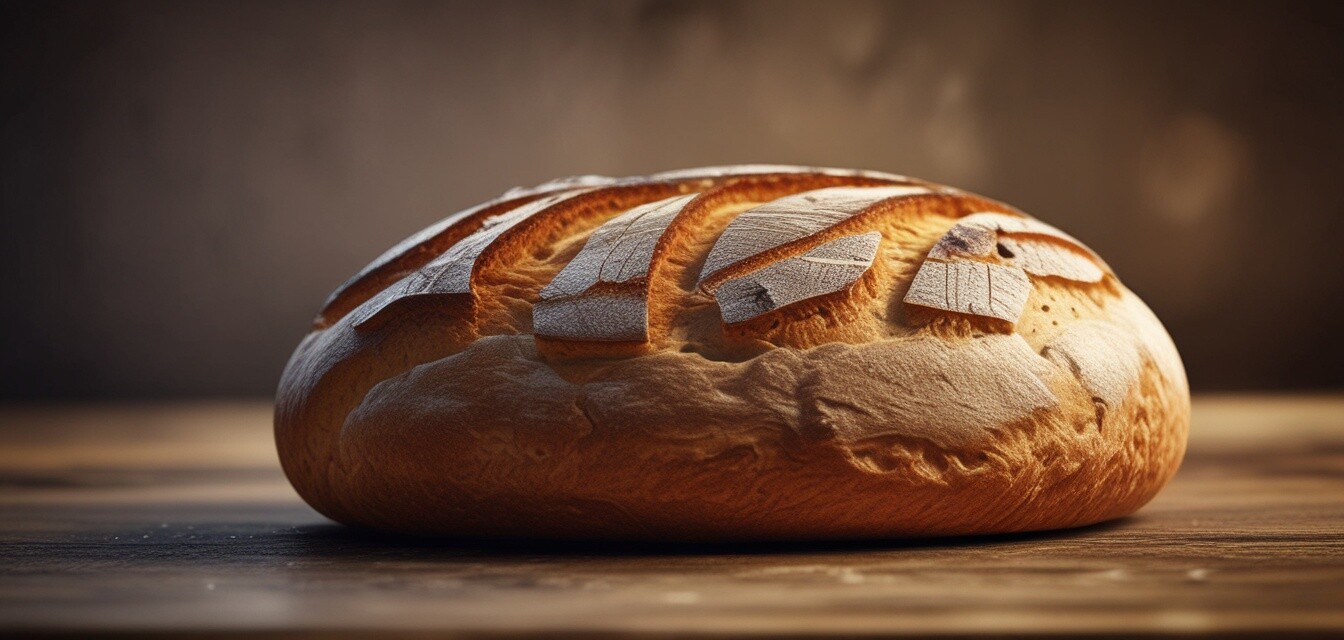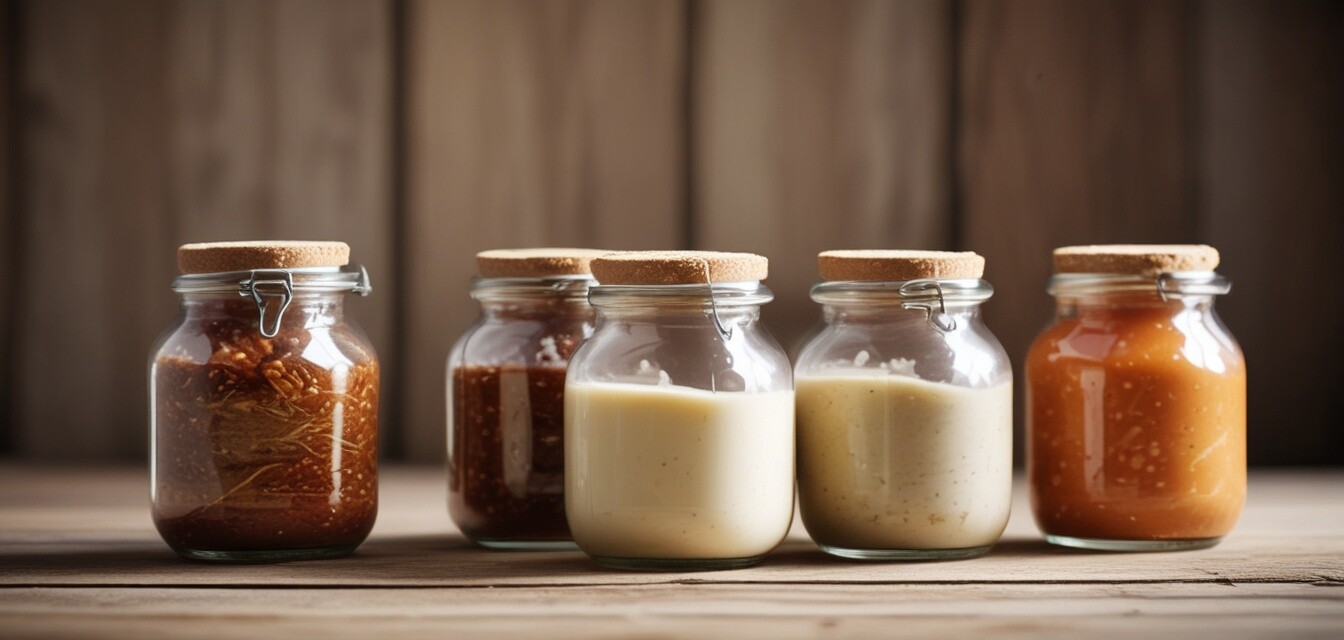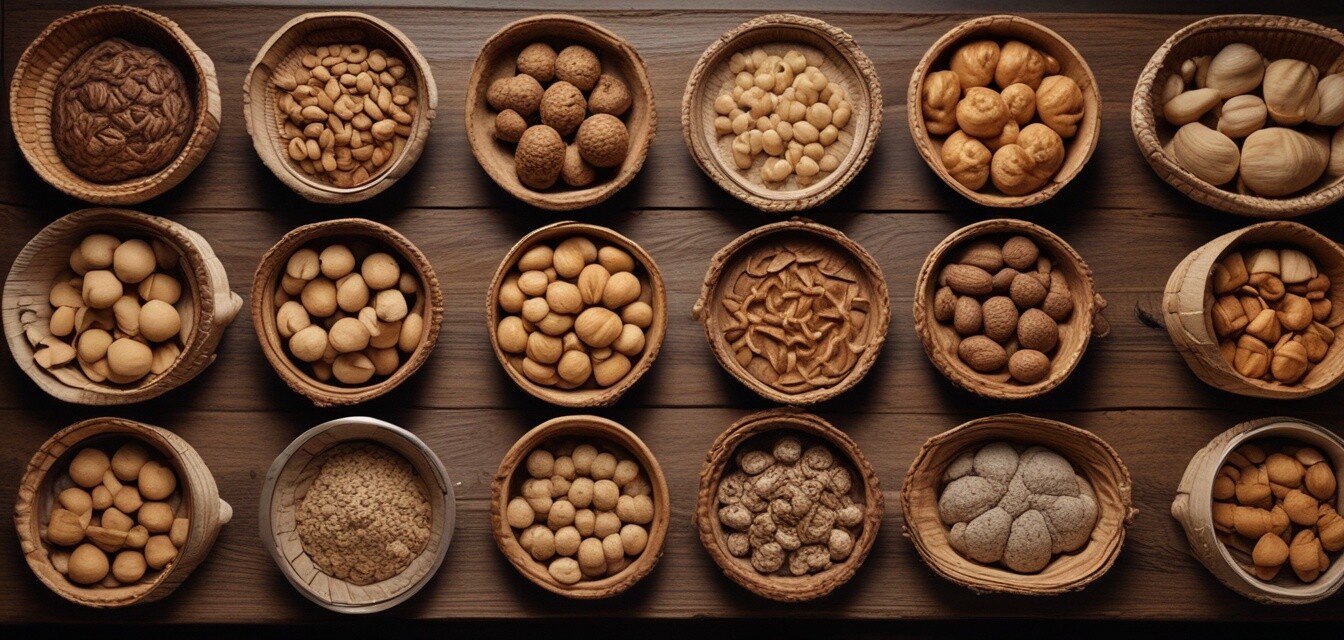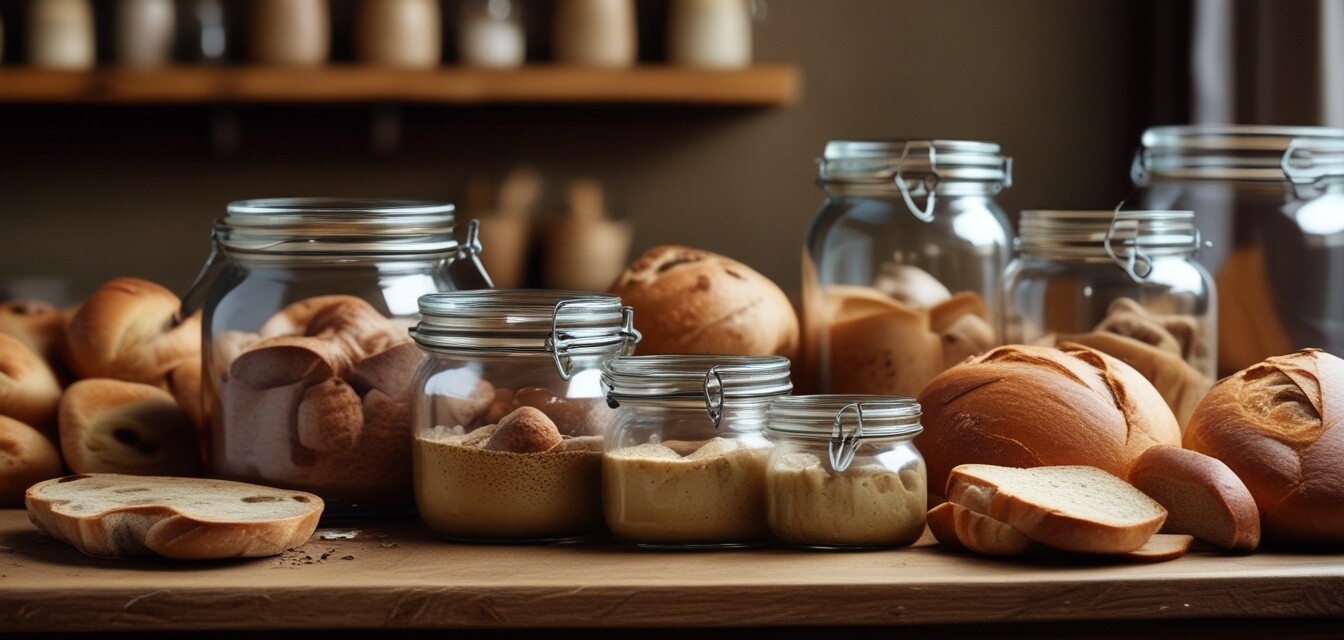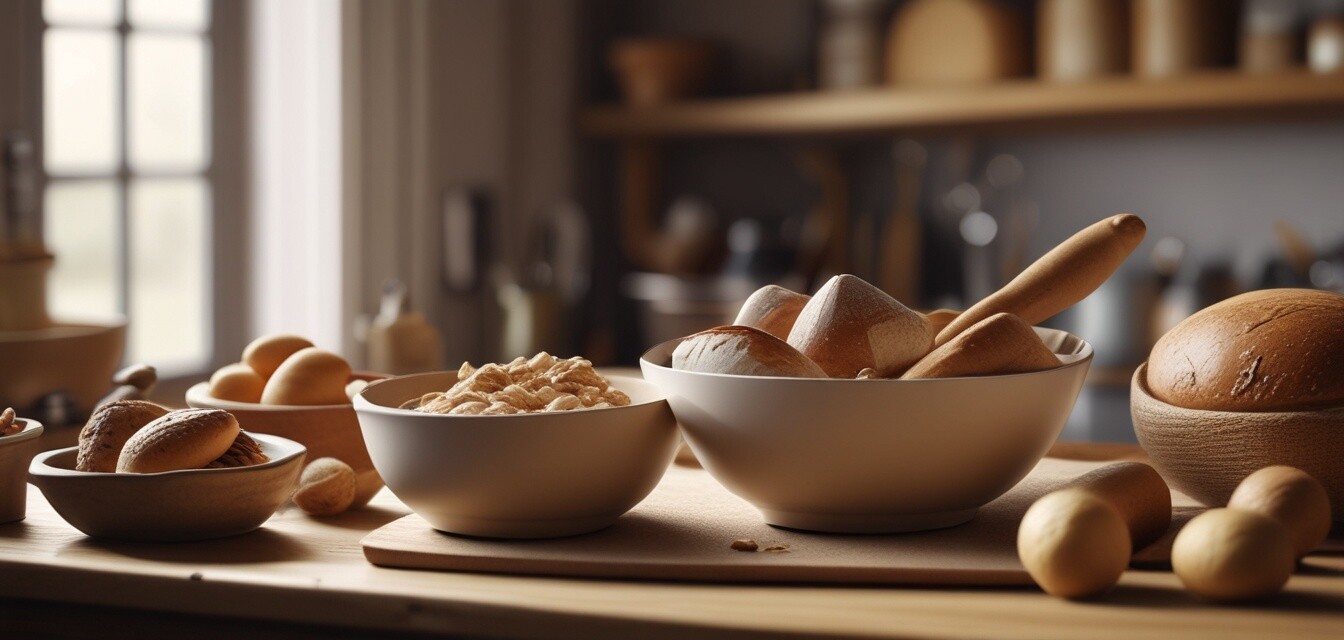
Mixing Bowls for Artisan Bread Baking: A Comprehensive Guide
When it comes to preparing artisan bread dough, having the right mixing bowl can make all the difference. In this article, we'll explore the different types of mixing bowls suitable for efficient dough preparation, their features, and benefits.
Key Takeaways
- Choose a mixing bowl that is large enough to handle the dough size you're working with
- Material selection is crucial: stainless steel, glass, and ceramic bowls are ideal for artisan bread baking
- Consider the bowl's non-slip base, handle, and ease of cleaning when making your decision
Types of Mixing Bowls for Artisan Bread Baking
When selecting a mixing bowl for artisan bread baking, you'll want to consider the material, size, and features that will make the dough preparation process efficient and easy. Here are some popular types of mixing bowls:
| Material | Advantages | Disadvantages |
|---|---|---|
| Stainless Steel | Durable, easy to clean, resistant to scratches and corrosion | Can be noisy, may react with acidic ingredients |
| Glass | Non-reactive, easy to clean, transparent for monitoring dough progress | May break if dropped, can be heavy |
| Ceramic | Non-reactive, easy to clean, aesthetically pleasing | May chip or crack, can be expensive |
Features to Consider When Choosing a Mixing Bowl
Beyond the material, there are several features to consider when selecting a mixing bowl for artisan bread baking:
- Size: Choose a bowl that is large enough to handle the dough size you're working with. A larger bowl will provide more room for the dough to rise and allow for easier mixing.
- Non-Slip Base: A non-slip base will prevent the bowl from sliding around on your work surface, making it easier to mix and knead the dough.
- Handle: A comfortable, easy-to-grip handle will make it simpler to lift and pour the dough.
- Ease of Cleaning: A bowl that is easy to clean will save you time and effort in the long run.
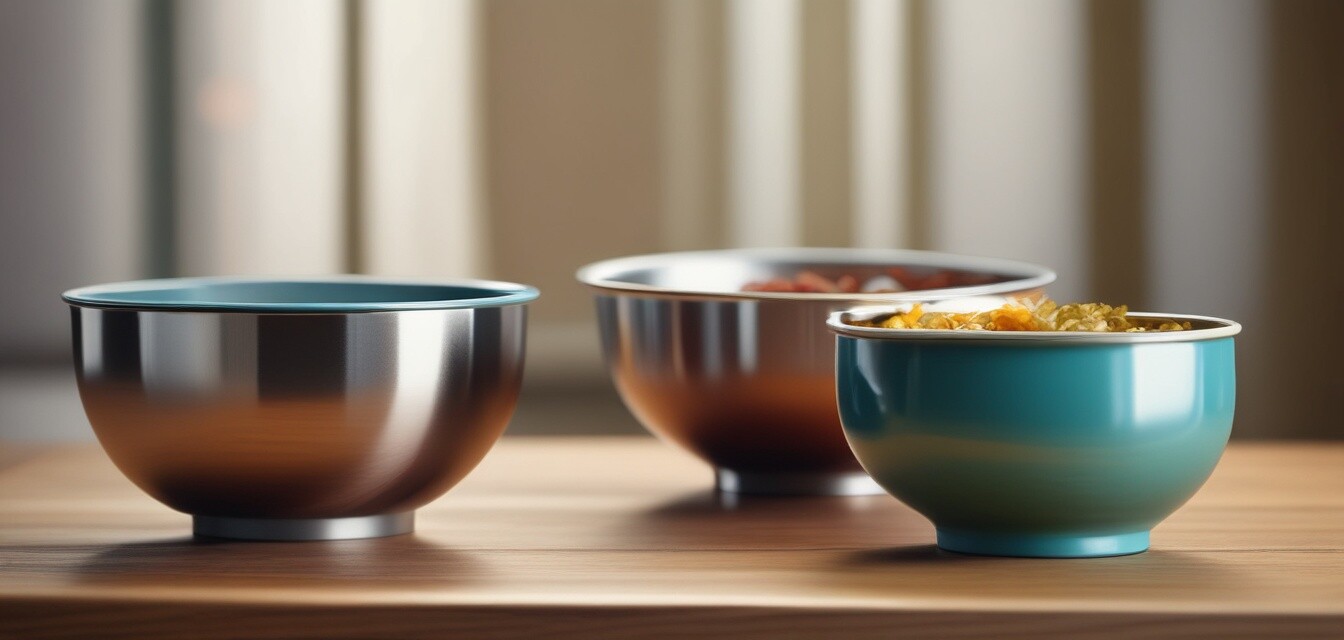
Tips for Using Your Mixing Bowl Efficiently
Beginner's Tips
- Always flour your mixing bowl before adding the dough to prevent sticking
- Use a dough scraper to scrape the sides and bottom of the bowl, ensuring all ingredients are well incorporated
- Keep your mixing bowl clean and dry to prevent bacterial growth and contamination
Conclusion
Choosing the right mixing bowl for artisan bread baking can make a significant difference in the efficiency and quality of your dough preparation. By considering the material, size, and features of your mixing bowl, you'll be well on your way to producing delicious, crusty artisan breads.
Ready to start baking? Check out our selection of baker's couche, baking stones, and proofing baskets to take your artisan bread baking to the next level.
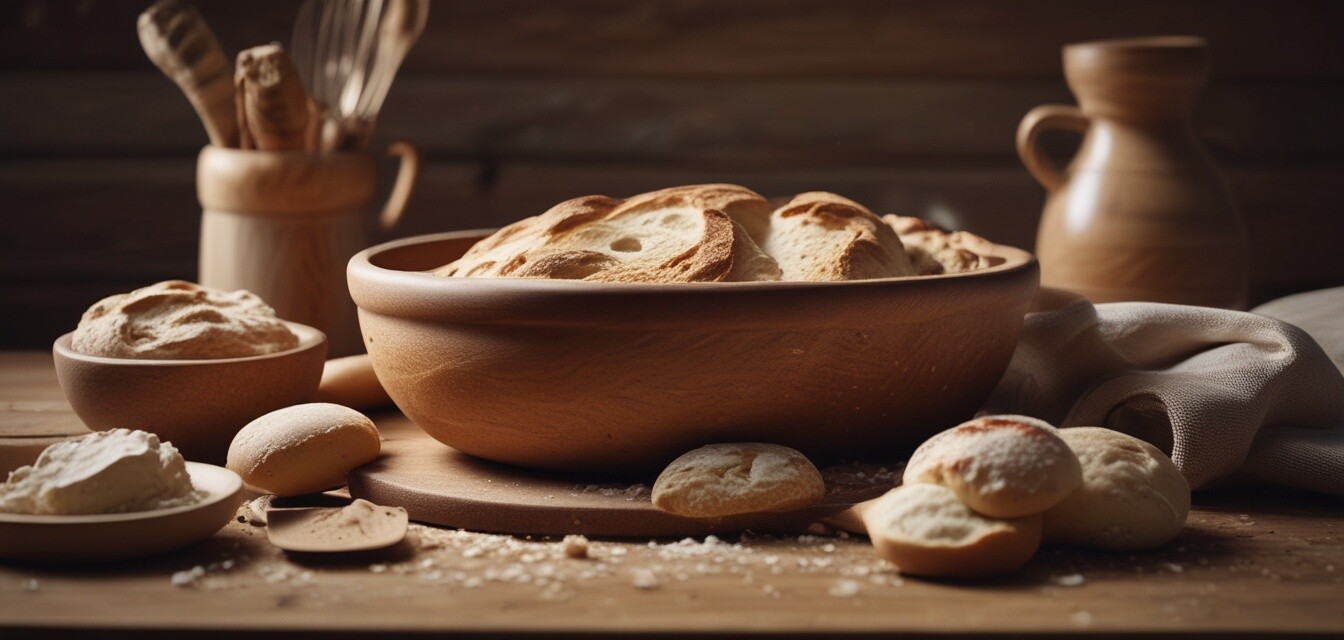
Pros
- Efficient dough preparation
- Easy to clean and maintain
- Various materials to choose from
Cons
- May require additional equipment, such as a dough scraper
- Some materials may react with acidic ingredients
- Can be noisy or heavy
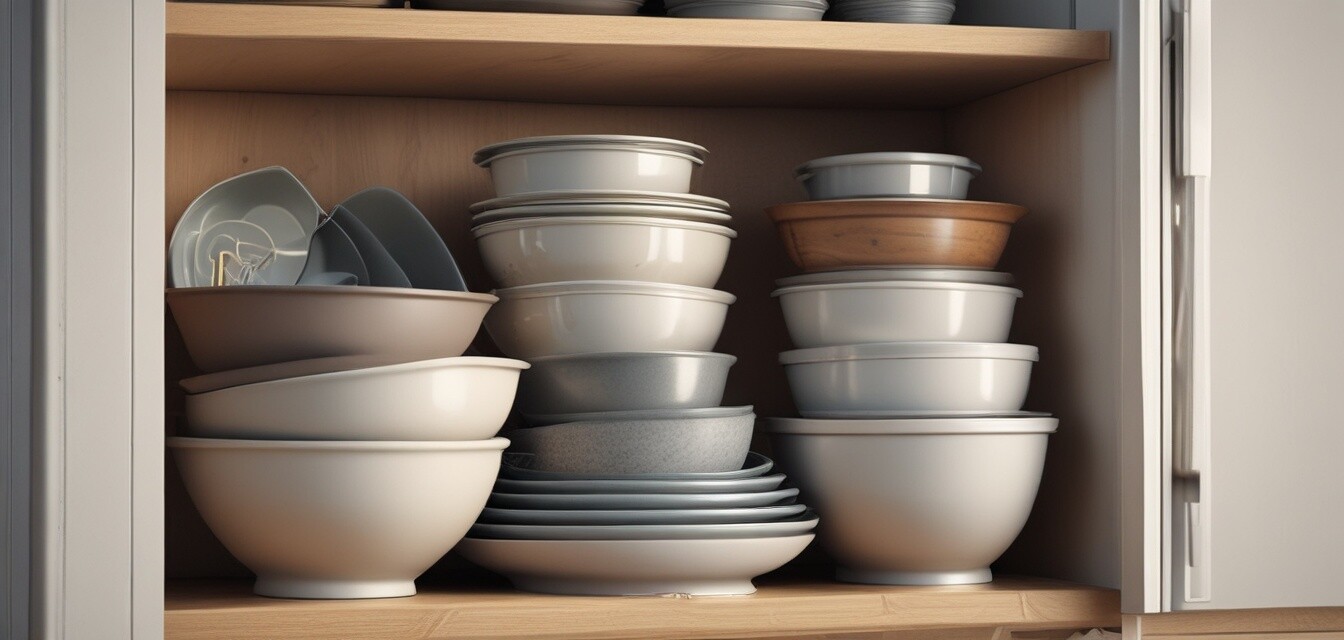
Happy baking!
